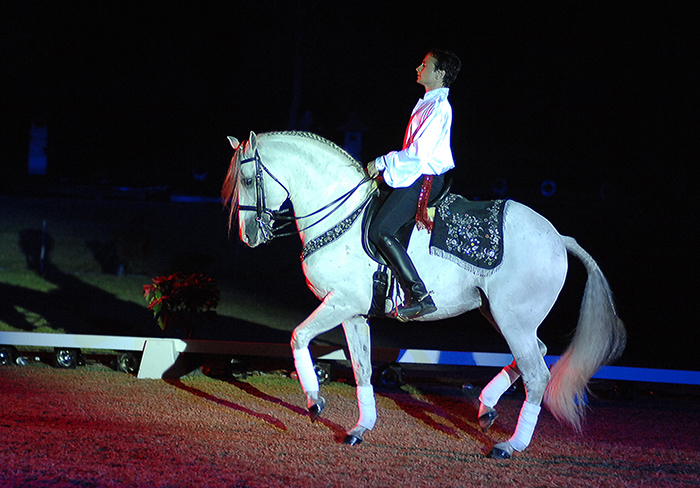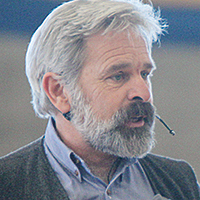 Richard Weis is recognized throughout the world for his ground breaking work into how the rider sits on the horse. Richard combined his studies in the Alexander Technique, with his horsemanship, to provide the keys to an effective dressage seat…
Richard Weis is recognized throughout the world for his ground breaking work into how the rider sits on the horse. Richard combined his studies in the Alexander Technique, with his horsemanship, to provide the keys to an effective dressage seat…
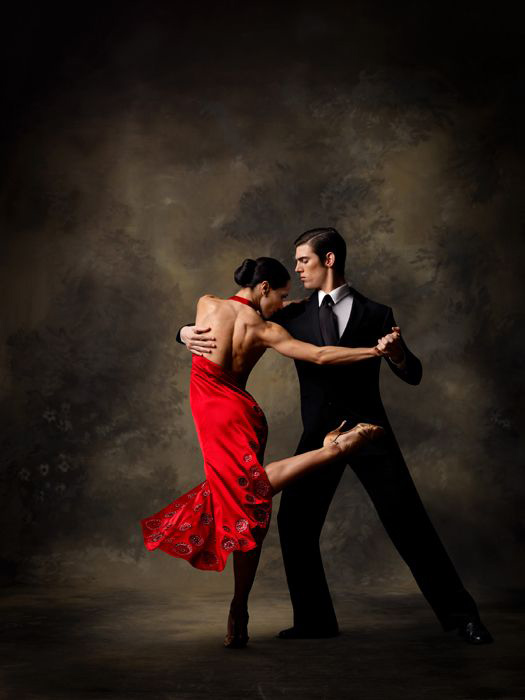
Dressage is like the tango, that famous dance from South America. Both are a high-energy, improvised couples’ discipline.
In the tango, a man and a woman embrace each other as if they would perform the predictable steps of the waltz, but instead, heart-stirring flirtatious music inspires the man to take his partner through a myriad of improvised steps.
The man is like the rider. He leads. His partner, like the horse, she follows seamlessly. They move as one, providing the man leads clearly and the woman maintains a balanced willingness to accept leadership.
It is not as if the woman is robbed of her own self-expression. Every nuance of her following will impact on the man, stirring him to greater feats of physical prowess, or perhaps charging the mood with the tension of restraint. The man doesn’t make much of a leader if he doesn’t read these subtleties. Both are equally responsible for the quality of the performance.
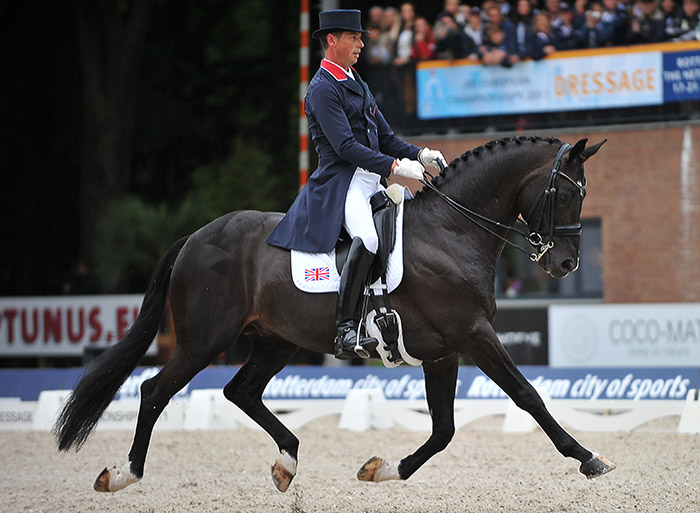
Although dressage performance, the sport, is closely related to ballet in that every movement must be adhered to according to the test, training is an entirely improvised form. The rider leads according to how his horse is going underneath him. Both serve the partnership equally.
Every movement, every nuance of every movement has a particular expression in both the body of the horse and the body of the rider. Elements of balance from rhythm, bend and impulsion all need to be clearly expressed in the body of the rider so the horse can follow them seamlessly.
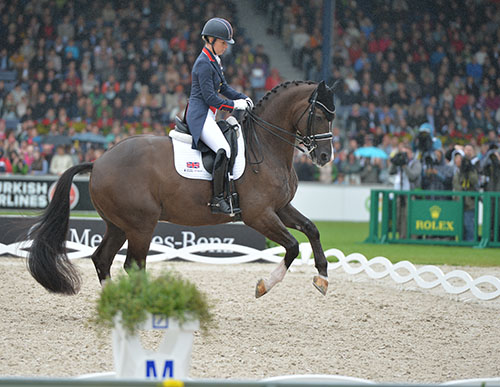
The disciplined rider vehemently adopts particular ‘postural attitudes’ to suggest just where and how he would like the horse to go. It is as if the rider does in his own body what he would like the horse to do, and takes the horse along. Providing the horse does come along, harmony is achieved. The picture looks stately and elegant and as if the horse is doing it by himself.
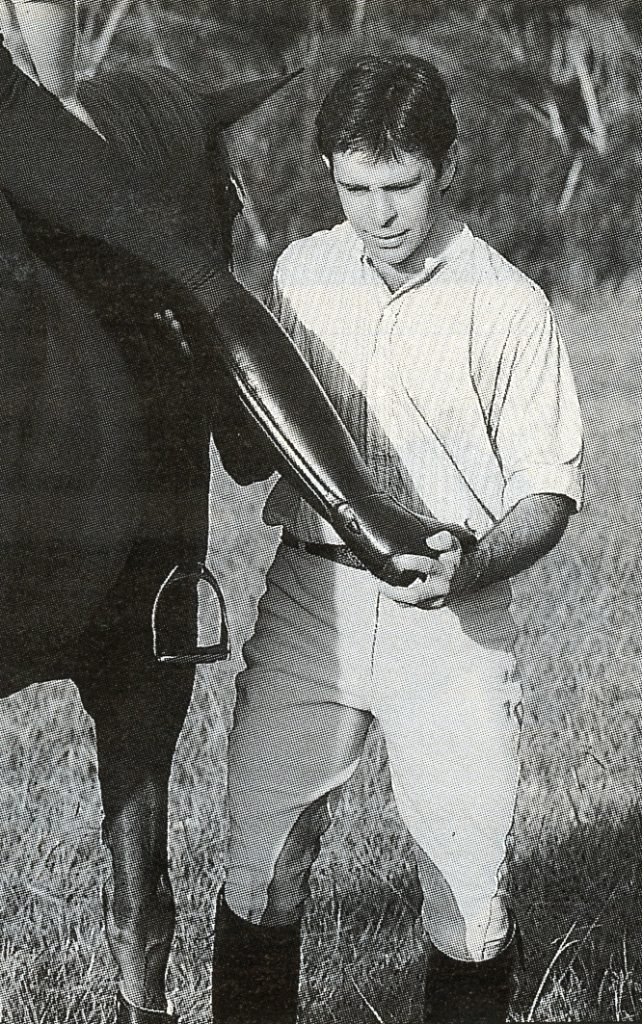
There is no nuance of movement in dressage that does not have an appropriate and parallel expression in the rider. The horse’s responsibility is to listen and carry out commands, and the rider, through his body, expresses every subtle feature of what he wants from the horse.
In learning how to organise and control his body, so as to be able to communicate with it clearly, there is one very great blessing for the rider. It is the icing on the cake. The organisational features that bring a stately bearing in the horse are very closely related to the organisational features that bring the same qualities in the rider. By studying and disciplining themselves, the rider is getting great personal insights into how the horse should be asked to go.
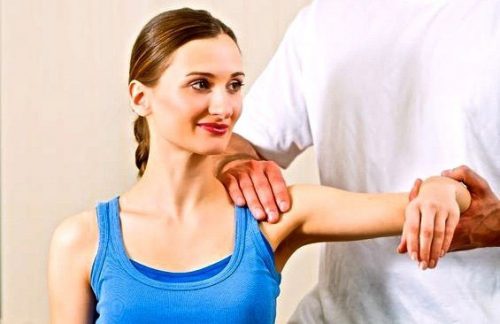
These classical principles of coordination are the stuff of which dressage is made. They are the specific ways of doing things that we call dressage, the underpinnings of training. Man and horse are both vertebrates. Both strive to achieve an economy of effort so that all effort is expressed in nothing but movement, with nothing wasted in unnecessary tensions and distortions.
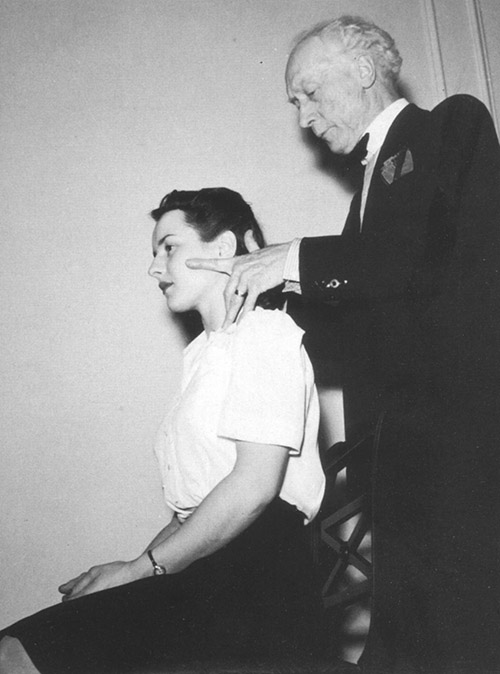
Posture that implies moving with an attitude of lengthening the spine is fundamental to good coordination in the way we view it in modern dressage. Then terms like balanced, rhythmical, supple, lengthening, energetic, straight, collected and ‘through’ could refer equally to the horse, to the rider, or to the partnership.
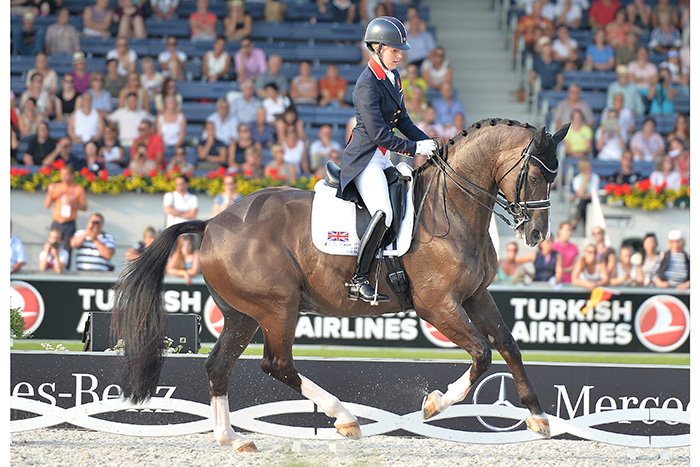
These terms, which are time-honoured features of the German Training Scale, highlight elements of coordination and balance in the dressage horse and can be used equally as a diagnostic tool to evaluate performance in the rider. The classical principles /classical parallels between horse and rider bring a richness to the study which is to be savoured.
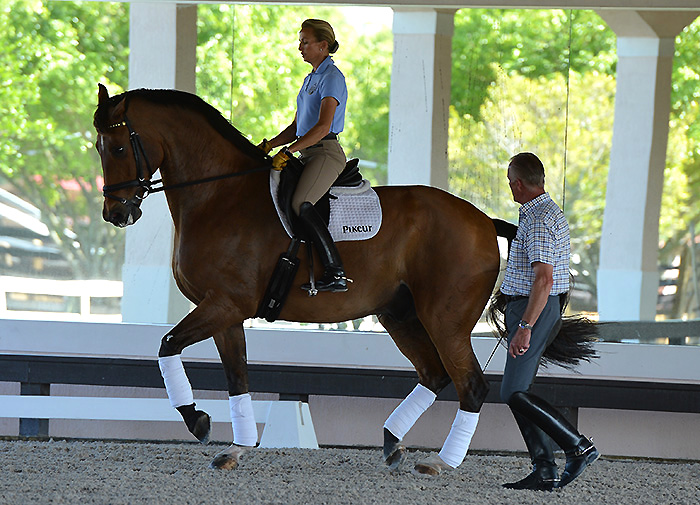
So many riders are horse-obsessed but for some reason they don’t see themselves as part of the beauty of the picture that is, after all, a partnership. They spend their time disciplining and training the horse and manage to excuse themselves from the same rigours.
(Copyright Richard Weis 2022)
